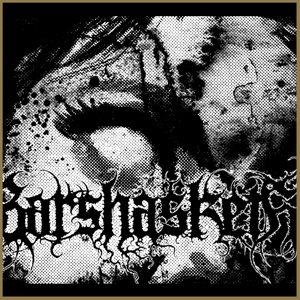
The location of the bodies and the trauma pattern appear to indicate a massacre rather than a battle. Eight individuals (31 per cent) showed evidence of perimortem trauma that was sharp, blunt, and penetrating, consistent with interpersonal violence. The osteological analysis identified only men, but individuals of all ages were represented.

An osteological investigation and trauma analysis were conducted according to standard anthropological protocols. The skeletons and the archaeological record indicate that after the individuals had died the ringfort was deserted. The denial of a proper death likely led to shame, hindering of regeneration and an eternal state of limbo.ĭuring excavations of the Iron Age ringfort of Sandby borg ( ad 400–550), the remains of twenty-six unburied bodies were encountered inside and outside the buildings. The gain for the perpetrators was likely political power through redrawing the victim's biographies, spatial memory and the social and territorial landscape. The corpses exerted postmortem agency to the benefit of the perpetrators, at the expense of the victims and their sympathizers. I am proposing that leaving the bodies unburied might be viewed as an aggressive social action. The treatment of the dead in Sandby borg deviates from known contemporary practices. I discuss the contemporary normative treatment of the dead, social response to death and postmortem agency with emphasis on intergroup conflict and ‘bad death’. In order to understand why the corpses were left unburied, and how they were perceived following the violent event, a theoretical framework is developed and integrated with the results of osteological analysis. The victims were not buried, but left where they died. All rights reserved.Ī massacre took place inside the Sandby borg ringfort, southeast Sweden, at the end of the fifth century. © 2019 by The Wenner-Gren Foundation for Anthropological Research. We conclude with a discussion of prospects and implications for further research on the evolution of human cumulative culture. This supports the view that relatively detailed copying of toolmaking methods was already a feature of Oldowan technological reproduction at ca. Results fail to reveal any effects of raw material size, shape, quality, or reduction intensity that could explain the observed details of intersite technological variation in terms of individual learning across different local conditions.

We demonstrate with a case study using a toolmaking replication experiment to assess evidence of behavior copying across three 2.6 Ma Oldowan sites from Gona, Ethiopia.

It is empirically grounded in technological analysis of artifact assemblages using well-validated experimental models. Our stepwise approach disentangles assessment of the observed fidelity of behavior reproduction from inferences regarding required learning mechanisms (e.g., teaching, imitation) and the explanation of larger-scale patterns of change. Here we propose and exemplify a research program for studying the origins of cumulative culture using archaeological evidence. However, the actual antiquity and evolutionary origins of cumulative culture are not known. The capacity of Homo sapiens for the intergenerational accumulation of complex technologies, practices, and beliefs is central to contemporary accounts of human distinctiveness.


 0 kommentar(er)
0 kommentar(er)
